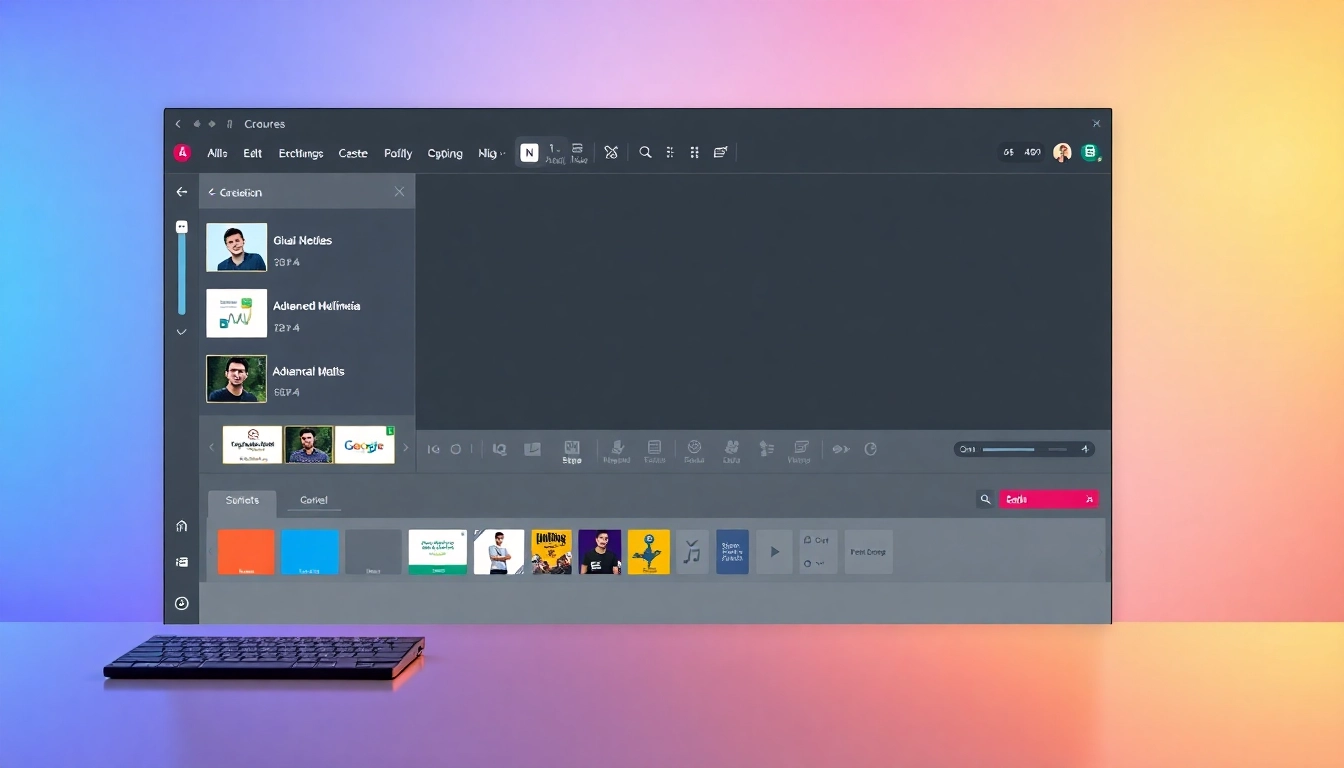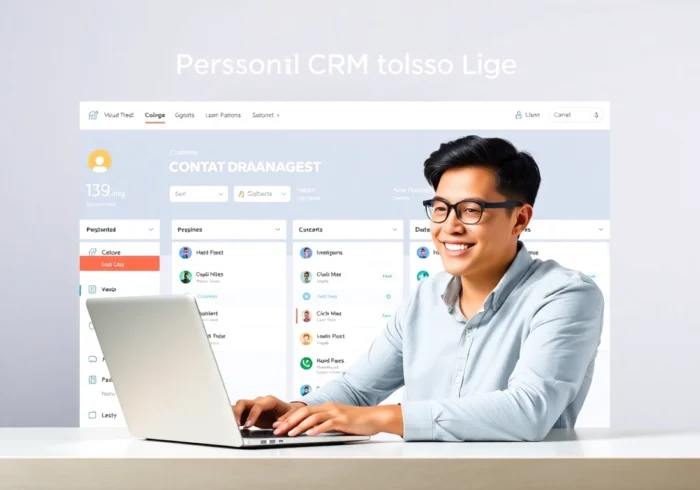Revolutionizing Course Creation: The Power of a Drag-and-Drop Course Editor
In today’s fast-paced educational landscape, the ability to craft engaging, personalized, and scalable courses efficiently is paramount. Traditional methods, often reliant on complex coding or rigid templates, are no longer sufficient to meet the dynamic needs of learners and educators alike. Enter the drag-and-drop course editor—a revolutionary tool that simplifies course development while empowering creators to focus on pedagogy and innovation. This article explores how these visual editors function, their core features, and how they can transform your approach to e-learning, all while highlighting what sets Mexty apart in this competitive space.
Understanding the Core Features of a Drag-and-Drop Course Editor
What Makes a Drag-and-Drop Interface Intuitive and Effective
At the heart of any successful drag-and-drop course builder lies an intuitive, user-friendly interface. Such tools leverage visual elements that mimic familiar design paradigms—think of arranging objects on a canvas or assembling components like building blocks. The effectiveness of these interfaces depends on several factors:
- Visual Clarity: Clear labels and icons guide users effortlessly through creation steps, reducing the learning curve.
- Responsive Design: Smooth drag-and-drop interactions without lag ensure a seamless experience.
- Contextual Feedback: Real-time previews and validation alerts help prevent errors and encourage creative experimentation.
- Accessibility: Features catering to diverse users, including keyboard navigation and screen-reader support, make the tool inclusive.
A well-designed interface not only accelerates course creation but also enhances creativity, allowing educators to prototype and iterate rapidly.
Key Components: Modules, Quizzes, and Multimedia Integration
Effective course editors incorporate modular components that replicate the building blocks of engaging learning experiences:
- Modules: Encompass lessons, units, or topics, enabling structured content development.
- Quizzes and Assessments: Interactive evaluations to monitor learner progress, integrated seamlessly into modules.
- Multimedia Elements: Embedding videos, images, audio, and animations enriches content, catering to various learning styles.
By enabling easy integration of these components through visual tools, creators can design courses that are dynamic, immersive, and tailored to their audience’s needs.
Benefits of Visual Course Building for Educators and Content Creators
The advantages extend beyond mere convenience:
- Speed & Efficiency: Rapidly produce content without technical bottlenecks, saving hours—even days—in development cycles.
- Enhanced Creativity: Visual interfaces promote experimentation with different layouts, media, and interactivity.
- Consistency & Quality: Drag-and-drop structures ensure uniform formatting and professional appearance across courses.
- Lower Technical Barriers: No coding required, empowering educators without programming expertise to produce sophisticated content.
This democratization of course development results in more personalized, innovative, and engaging learning modules, ultimately leading to better learner outcomes.
Implementing a Drag-and-Drop Course Editor in Your Workflow
Step-by-Step Guide to Creating Your First Course
Starting with a drag-and-drop course builder like Mexty is straightforward. Here’s a typical process:
- Define Learning Objectives: Clarify what learners should achieve by the end of the course.
- Select a Template or Start from Scratch: Many platforms offer pre-designed templates that can be customized to your needs.
- Add Modules and Content Blocks: Drag modules into your workspace, then insert lessons, videos, images, or quizzes as needed.
- Arrange the Layout: Reorder content blocks visually to create a logical flow.
- Configure Interactivity: Set up quizzes, assignments, or multimedia interactions using simple drag-and-drop configurations.
- Preview and Test: Visual preview tools enable you to review course layout and functionality.
- Publish: Export your SCORM-compliant package or host directly on your LMS platform.
This process emphasizes speed without sacrificing quality, making course creation accessible even for novices.
Customizing Content to Fit Different Learning Styles
A key benefit of visual course builders is their support for diverse content types aligned with multiple learning modalities:
- Visual Learners: Incorporate diagrams, infographics, and videos through simple drag-and-drop insertion.
- Auditory Learners: Embed audio explanations or podcasts.
- Kinesthetic Learners: Design interactive simulations or drag-and-drop exercises that require active participation.
With flexible customization, educators can tailor lessons to individual preferences, boosting engagement and retention.
Best Practices for Maintaining Quality and Engagement
While ease of use is attractive, maintaining instructional quality remains crucial. Here are several guidelines:
- Keep Content Concise and Focused: Avoid overwhelming learners—use clear, goal-oriented modules.
- Use Varied Media: Mix images, videos, and interactive elements.
- Incorporate Gamification: Add badges, progress indicators, and rewards to motivate learners.
- Test Across Devices: Ensure compatibility and responsiveness on different screens.
- Gather Feedback: Include surveys and analytics to refine content continuously.
Implementing these practices enhances student engagement, learning outcomes, and course professionalism.
Optimizing Personalization and Scalability at Scale
Leveraging Visual Tools to Personalize Lessons for Diverse Learners
Personalization is a core driver of effective education. Using drag-and-drop editors, educators can craft adaptive lessons by:
- Creating branching scenarios that respond to learner choices
- Embedding different content types tailored to varied learning styles
- Utilizing pre-built templates that can be customized at scale
This flexibility ensures each student receives an experience suited to their preferences, promoting motivation and mastery.
Scaling Up Content Production Without Increasing Workload
The real power of advanced drag-and-drop tools like Mexty lies in scalability. Features such as content cloning, template libraries, and remix capabilities enable educators to produce numerous courses efficiently. For example:
- Reuse successful modules across multiple courses with minor adjustments
- Automate parts of content creation using AI-assisted templates
- Collaborate within a community to share and co-develop courses, reducing individual workload
These strategies dramatically cut down production time, making large-scale personalized learning feasible without additional effort.
Using Community Features to Share and Remix Content
Collaborative platforms foster a vibrant ecosystem where educators exchange best practices, remix existing lessons, and develop collective resources. Such communities facilitate:
- Sharing high-quality templates and modules
- Receiving peer feedback to improve course effectiveness
- Creating co-branded or joint courses to expand reach
By leveraging these social features, content creators not only save time but also enhance course diversity and engagement.
Performance Metrics and Continuous Improvement
Assessing Student Engagement and Learning Outcomes
Effective course management relies on robust analytics. Modern platforms provide data on:
- Completion rates
- Time spent on various modules
- Quiz scores and assessment results
- Interaction patterns and dropout points
Analyzing these metrics helps identify areas for content refinement, ensuring ongoing improvement.
Iterative Content Updates Based on Feedback
Feedback loops are vital. Collect learner input through surveys or embedded feedback tools, then adjust course components accordingly. This iterative process guarantees that course content remains relevant, engaging, and aligned with learner needs.
Integrating Analytics for Better Course Management
Leverage integrated analytics dashboards that compile data into actionable insights. Use these insights to:
- Optimize lesson sequencing
- Introduce additional multimedia elements where engagement drops
- Adjust assessment difficulty based on performance trends
This data-driven approach fosters a culture of continuous improvement, ultimately resulting in higher learner success rates.
Comparing Leading Drag-and-Drop Course Builders
Features, Pricing, and Usability: A Side-by-Side Review
Many platforms claim to offer drag-and-drop course creation, but core differences set Mexty apart. Leading competitors such as Tutor LMS, LearnDash, and Easygenerator emphasize ease-of-use, multimedia integration, and scalability. For instance:
- Tutor LMS boasts a groundbreaking visual builder but may require technical setup.
- LearnDash offers robust features but can be complex for beginners.
- Easygenerator emphasizes simplicity with AI assistance, similar to Mexty’s approach.
Pricing varies, with free tiers often limited and premium plans offering more features. Mexty combines affordability with advanced personalization, community engagement, and rapid content creation.
How Mexty Stands Out in the Market
Mexty’s core strengths include:
- Seamless, intuitive interface optimized for educators with limited technical skills
- Scalable tools for bulk content creation and remixing
- Strong emphasis on personalization that adapts to diverse learner needs
- Rich community features fostering collaboration among educators
- Fast, SCORM-compliant content generation—saving hours, not days
These qualities position Mexty as a leader for those seeking efficient, personalized course development at scale.
Choosing the Right Tool for Your Educational Goals
Consider your teaching objectives, technical comfort, and scalability requirements. If rapid, personalized course creation with community support is a priority, Mexty is an ideal choice. Conversely, if advanced LMS integrations or niche functionalities are needed, explore other options to complement your workflow.



